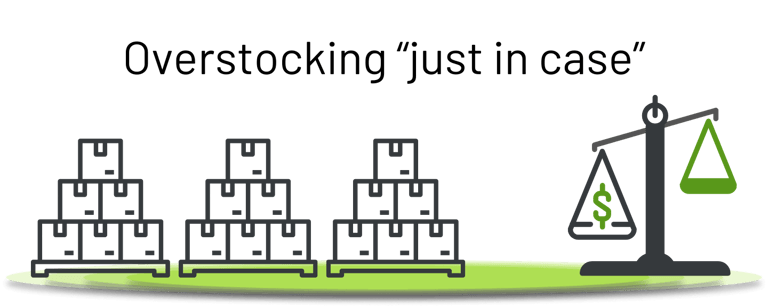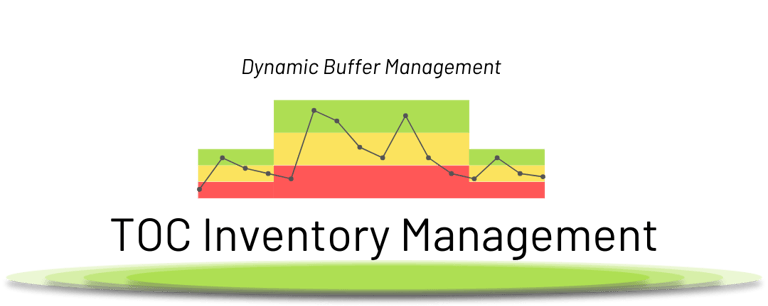How to manage inventory in the chain without draining cash?
Table of Contents
Managing stock across every link in your supply chain can be tricky. You want enough on hand to cover the demand, but you don’t want shelves packed with goods that may never move. Each segment - production, distribution, and retail - comes with its own needs and constraints. If you align them properly, you’ll maintain a steady flow of products without locking away too much capital.
Why overstocking is costlier than you think?
You might be tempted to overstock “just in case.” At first glance, it seems safer: you won’t scramble if there’s a sudden surge in orders. But overstocking quickly turns into wasted money. You’re paying for the products themselves, for warehouse space, for insurance, and sometimes for disposal when items go out of date.


The businesses sink hundreds of thousands of euros into items that barely move. That cash could have been funneled into new product development or a targeted marketing push. Instead, it sat on pallets and collected dust.
Spot the real bottleneck
In most supply chains, there’s usually one weak point that slows everything down. People often blame production first, but that slow spot could just as easily be a supplier who can’t handle big orders or a warehouse that’s short on staff. A bottleneck is simply any link that holds up the entire operation.


Inventory management isn’t just about how much stock you keep. It also covers ordering goods, coordinating with suppliers, setting up logistics, double-checking deliveries, and moving products along to the next stage. However, ordering inventory is only one piece of the puzzle. Each step is tied together: any delay adds time, which forces you to hold more stock until things catch up.
Anything can go wrong at any point, so spotting the weakest stage is super important. Once you find that constraint, reorganize the whole workflow around fixing it first. Tackle the biggest snag, and everything else tends to flow a lot better.
Put buffers exactly where they count—without overloading your shelves
If you depend on having products ready at a moment’s notice, dynamic buffer management is a smart way to balance your stock across the entire supply chain. Think of a buffer as a cushion that prevents shortages but doesn’t turn your warehouse into a storage maze. With a dynamic approach, your buffer adapts on its own, responding to real-time conditions.
If a certain supplier is always running late, you’ll naturally carry more stock to avoid running out. Ideally, you’d fix the core issue - like negotiating tighter lead times or finding a backup supplier - but until that happens, a bigger buffer keeps you safe. Then, as your supplier becomes more reliable and orders start arriving on schedule, that buffer naturally shrinks, freeing up space and money.
By the same logic, if there’s a sudden jump in demand, your dynamic buffer kicks in to cover that spike with the next order. If you’re only dealing with a handful of items, you could manage things manually by following these principles. But if you handle hundreds of thousands of SKUs, you’ll need a proper dynamic buffer management system. That kind of setup helps you track key metrics, spot glitches early, and keep every link in your supply chain stocked just right.


Open up cash for growth
Keeping inventory lean also frees up money for other pursuits. Each item you store is money already spent, waiting to be sold. If you’re sitting on a large overstock, those funds can’t fuel new product research, facility upgrades, or marketing campaigns. Trimming excess inventory puts real euros back into the business.
It also grants peace of mind. Fewer items in storage means fewer headaches around stock tracking and fewer chances for damage or obsolescence. By optimizing inventory, you give your company more agility when the market shifts.
Bringing these elements together changes how you handle inventory. Instead of reacting to problems as they appear, you create a system that stays balanced. You identify the bottleneck and elevate it, add buffers where they’re needed, and keep every department in the loop.
In the end, it’s not just about reducing costs—it’s about maintaining a smooth flow from raw materials to your customers’ hands. A unified plan frees you from tying up cash in stagnant stock. You’ll keep customers satisfied, seize new opportunities with the money you save, and stay ahead of surprises. That’s the difference between juggling inventory and managing it with confidence.
fluentSTOCK is a TOC-based tool that helps companies manage their supply chains. The tool provides data analysis and reports, allowing managers to identify weak links and improve them.
If you have any questions about managing your supply chain with fluentSTOCK, please contact us to discuss further.


